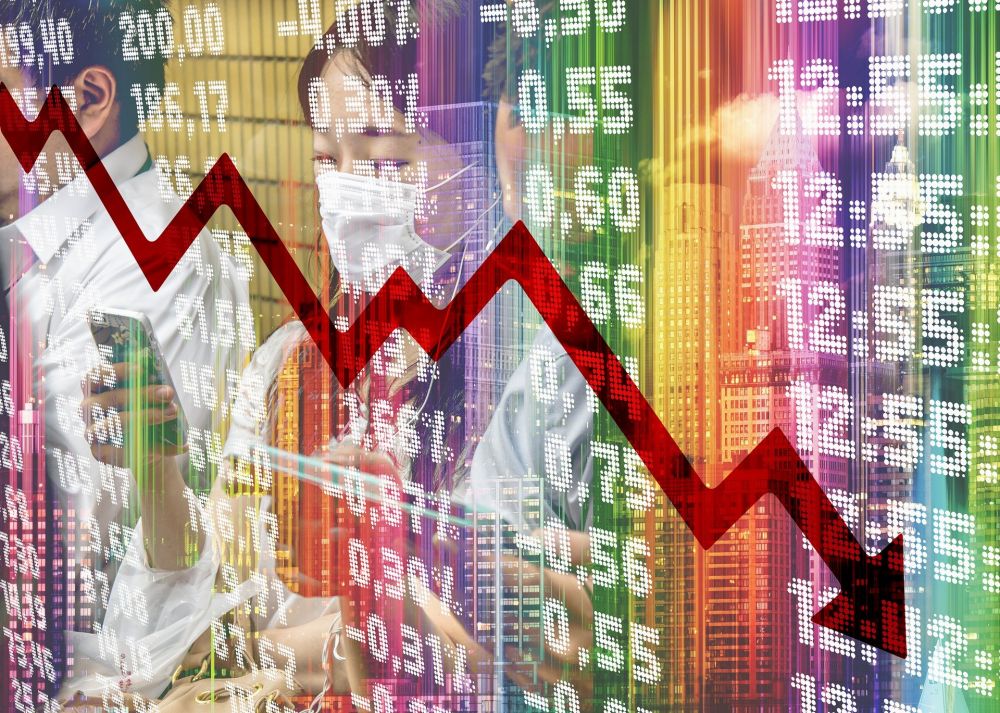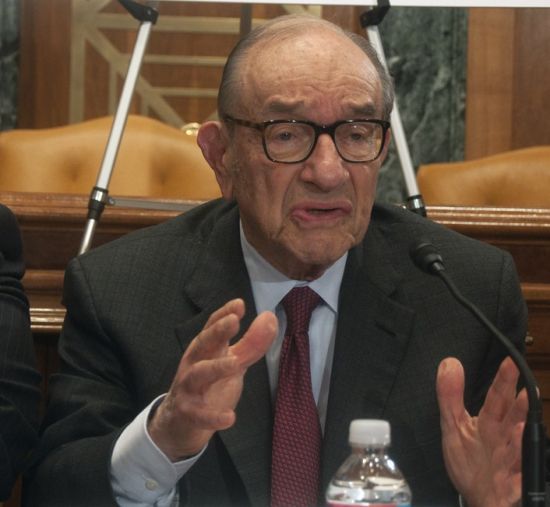The Federal Reserve and other central banks have moved to cut interest rates to counter the sharp downturn in financial markets due to the global coronavirus crisis. Zhiwu Chen and Heribert Dieter of the Asia Global Institute at The University of Hong Kong argue that such interventions only serve to worsen wealth inequality and, as a result, could fuel anti-globalization sentiment.
In recent years, a general consensus has emerged that high and still rising inequality in income and wealth and the resulting discontent have been a key driver of populist politics in the United States, Europe and beyond. When it comes to causes of inequality, however, there is much less agreement or appreciation of the realities. As central bankers and finance ministers take, or debate whether to take, monetary action to contain the negative impact of the spreading coronavirus pandemic, we would draw attention to the implications for inequality of policy decisions. If done unreasonably, even well-intentioned interventions may just light a fuse for explosive political turmoil around the world in the future. The effect may be a further decline in political and popular support for an open global economy.
A coordinated Greenspan put
In the morning of March 3, 2020, finance ministers and central bankers of G7 countries had a short but emergency call to coordinate policy actions in response to the exploding economic threat from the coronavirus pandemic. Within two hours of the call, the US Federal Reserve announced a 50 basis points cut to its benchmark interest rates. The Fed was not alone. The day before, the Australian and Malaysian central banks had taken similar action. The Bank of Canada cut rates on March 4, with the Bank of England doing the same a week later. Other monetary authorities are expected to follow suit. (On March 12, the European Central Bank resisted cutting rates and announced stimulus measures to support bank lending and expand its asset-purchase program.)
Through the first two decades of the Greenspan-put approach, the Fed typically acted alone. But in 2008-09, in reaction to the mounting global financial crisis, there was a new twist. Central banks of all the major economies coordinated action to amplify the magnitude of their response. Now, financial market investors could count on support not just from the Fed but also from all major countries in a concerted effort for maximum effect. This meant an even more powerful Greenspan put than before, encouraging ever more risk taking and distortions.
Who benefits?
If monetary policy action has any effect on the real economy at all, it would be through financial asset prices: Lower interest rates or increased liquidity tends first to push up stock and bond prices. The Quantitative Easing (QE) intervention tool invented by then Fed chairman Ben Bernanke in the thick of the 2008 global financial crisis is even more direct in terms of its impact. When benchmark interest rates have already been cut to almost zero, the Fed can simply purchase long-term assets, either government bonds or private assets (e.g. mortgage-backed securities and other assets), with the purpose of propping up financial asset prices and producing a large “financial wealth effect” that is believed to trickle down to increase demand for goods and services. So goes the logic behind QE.
When the immediate purpose is to boost financial asset prices, those who have financial investments stand to benefit first and those who do not receive no advantage. Thus, central-bank actions widen the wealth wedge between the rich and the poor.
Before central banks invented interest-rate and QE tools, bursting of financial bubbles used to teach investors necessary lessons and served to shrink wealth inequality as market corrections hurt those with assets and flattened income distribution. But now, especially with central banks coordinating interventions, the opposite occurs. The Greenspan put has transformed financial turbulence into opportunities for the rich to increase their wealth. When markets go down significantly, central banks can be counted on to intervene so the wealthy will never hesitate and just pour more money in.
Little real-economy impact but heightened risks
The Fed’s 50-basis-point cut did not stop the stock market from falling further this time. This would suggest that it is a good time to address the unintended or ignored consequences that monetary policies have for inequality and to re-examine the assumption that such interventions somehow work magic.
There is no doubt that the spread of the coronavirus is having a negative effect on the global economy, disrupting supply chains, upending travel plans, and forcing people to stay at home. But will interest-rate cuts and even QE get consumers out of their homes and spending again? Will it do anything to stop the spread of infections? No, certainly not at a time of great uncertainty when citizens are being discouraged from travel or going out, and when companies are reluctant to make new investments or even attend meetings or conferences.
At a time like this, central bank action will help mostly those with financial assets at a potentially high cost to the global financial system. Some five years ago, the Independent Evaluation Office (IEO) of the International Monetary Fund (IMF) concluded that loose monetary policy in a crisis caused by high uncertainty was bound to fail from the outset. It is simply not possible to boost demand with cheap capital, a view shared by the Bank for International Settlements (BIS). When corporations in the real economy are unsettled, they delay investments even if capital is cheap. Monetary easing serves only to prop up financial markets, with no spillover into the real economy.
In recent years, the BIS has voiced concern that worldwide ultra-loose monetary policy has been creating risks in the financial system that can no longer be controlled by banking supervisors. Challenges to financial stability are rising. According to the International Institute of Finance, total global debt in the third quarter of 2019 reached US$253 trillion, with the global debt-to-GDP ratio at a record 322 percent, significantly higher than the pre-2008 level of about 200 percent. Much of the debt built up since the global financial crisis has been in the non-financial corporate sector. For example, total debt for non-financial US corporations rose from US$3.3 trillion before the crisis to US$6.5 trillion in 2019. Yes, cheaper money will lessen interest-service pressure but will not necessarily motivate companies to borrow and invest more. And they should not do so in any case, as that would raise overall leverage even more and increase systemic risks to the financial system.
A boost for the anti-globalization movement?
There is no question that if central banks keep reminding investors of the Greenspan put by more aggressive interest-rate cuts and QE measures, stock and housing markets will at some point regain ample confidence and rebound in a big way. That will of course again create more wealth for the rich, with the poor hardly helped. And it will worsen wealth and income distribution in the US and other countries, adding more fuel to populist politics and anti-globalization sentiment and further destabilizing the already fragile international order. Is such a development desirable?
Further reading:
Zhiwu Chen
Asia Global Institute, The University of Hong Kong
Heribert Dieter
Asia Global Institute
Check out here for more research and analysis from Asian perspectives.



